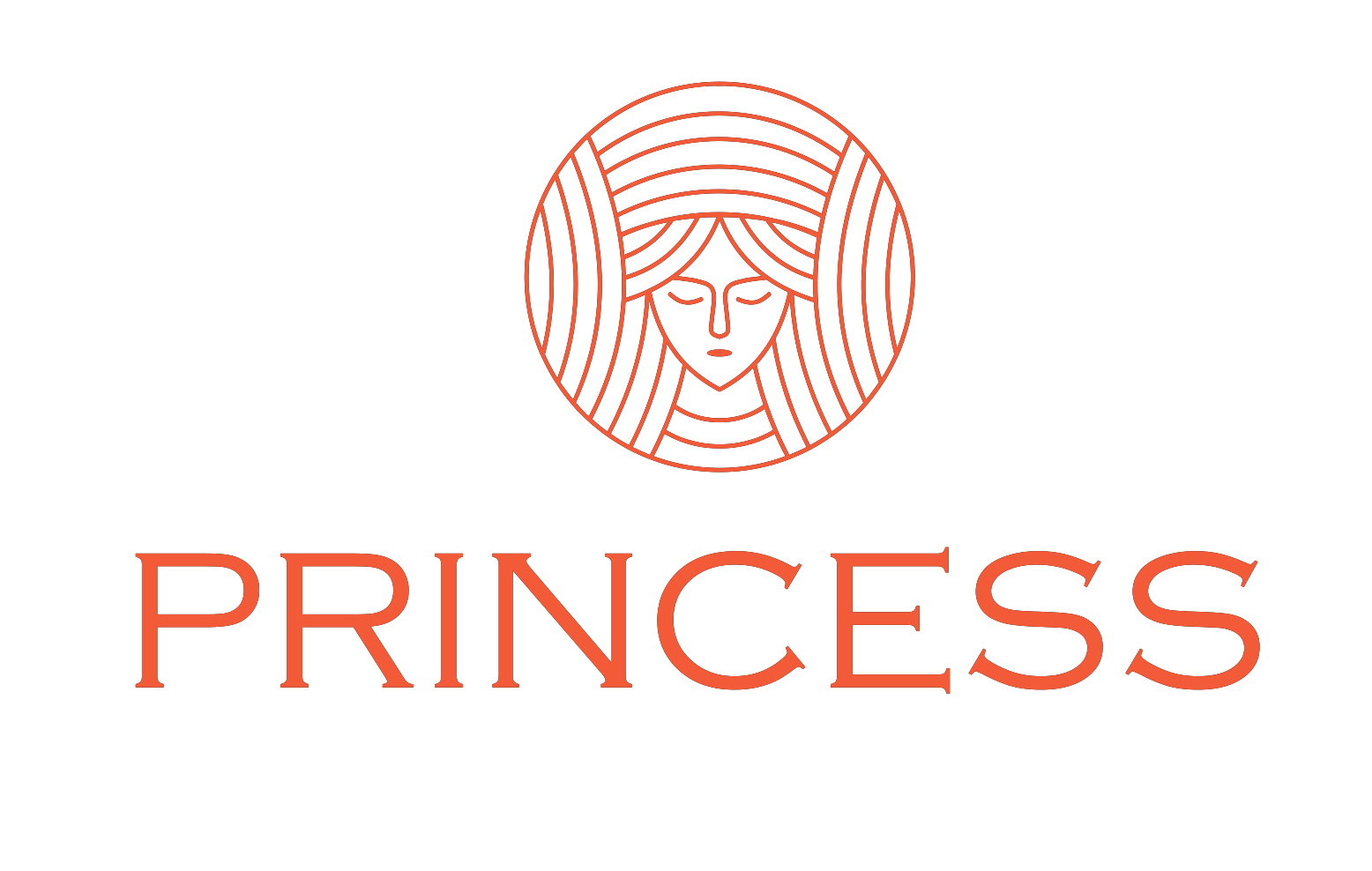Data collection is the process of gathering reliable information that can be used to discover answers to business-related questions such as trends and probabilities. It is the basis of an effective research and analytics program.
The first step to collect data is to identify the kind of information you would like to collect. This will help you narrow your options and make sure that any data collection methods that you employ are in line with your business objectives.
Once you’ve decided on the type of data you’d like collect, the next find out here now step is to decide the method of acquiring it. There are a myriad of methods to collect this data, depending on the requirements of your company or research project. You can conduct an online survey, talk to participants face-to-face or record their observations in an uncontrolled or controlled setting. Whatever method you decide to use, make sure that all data are gathered in a systematic manner. This will minimize any chance of distortion and ensure that data is as precise as it can be.
Some of the primary data is accessible to researchers for their research, such as the demographic information collected through censuses or other records of the government. This is referred to as secondary data and is an excellent source of data for a variety research projects. In addition to secondary data, companies are also able to collect customer information via subscription forms on their websites or mobile applications. Zero-party data refers to the information that customers freely provide. It provides valuable insights into their interests, preferences, and buying habits.


